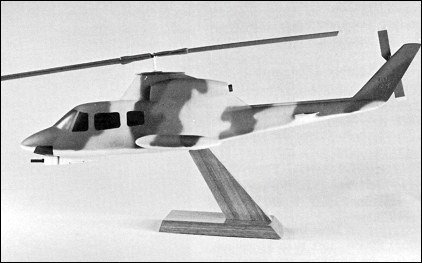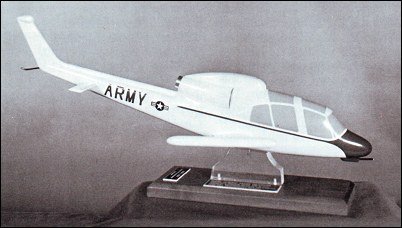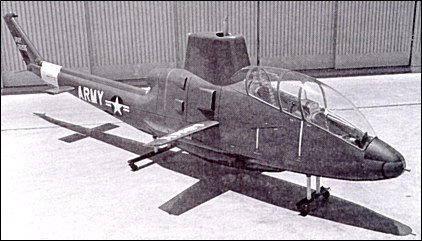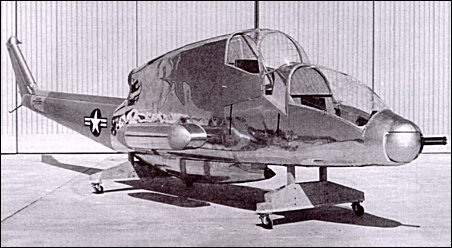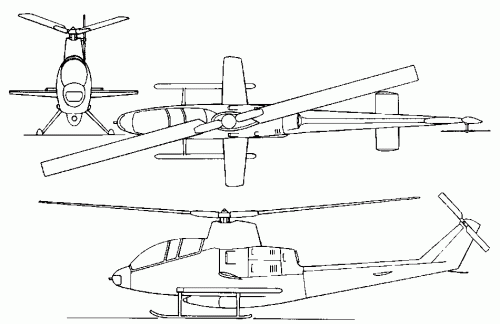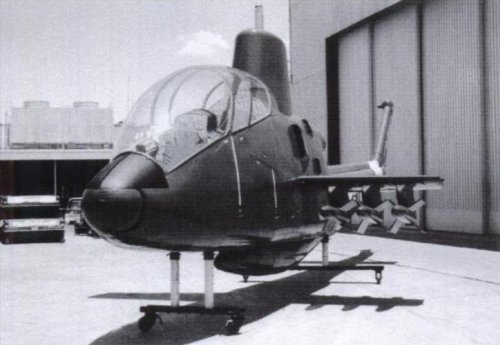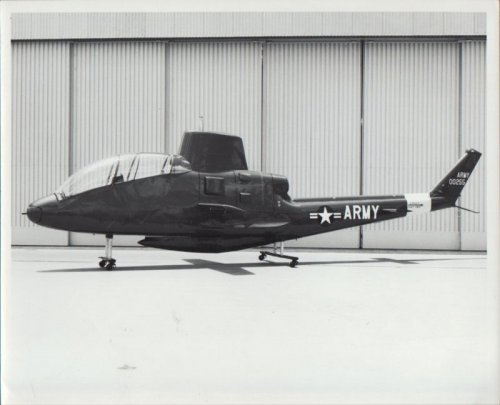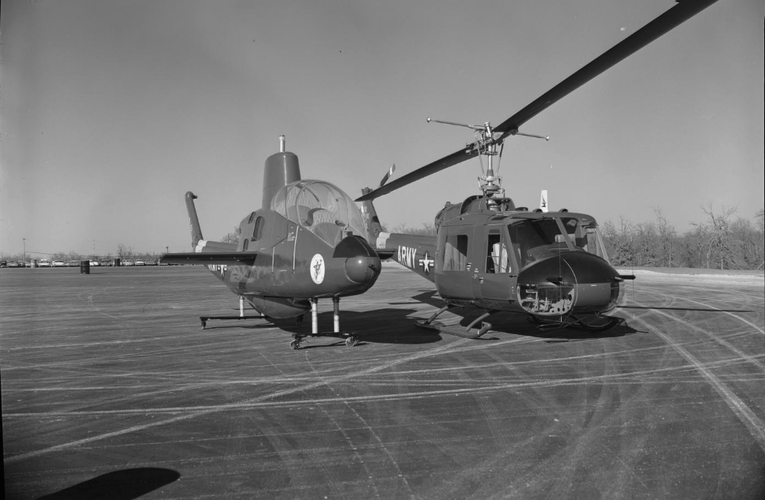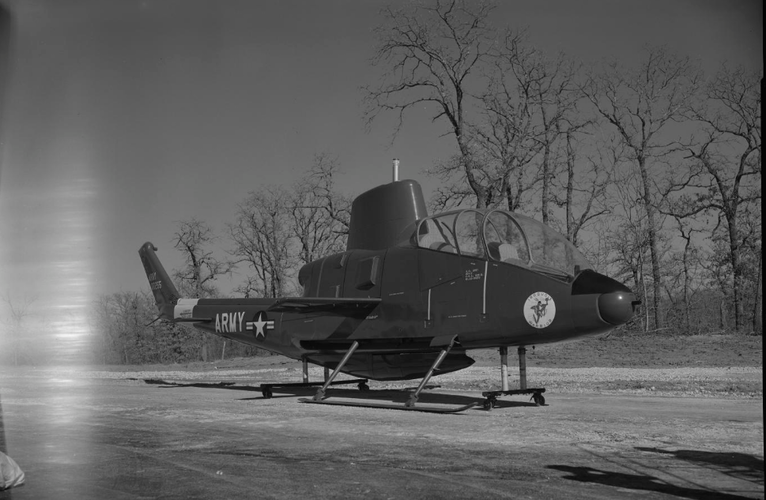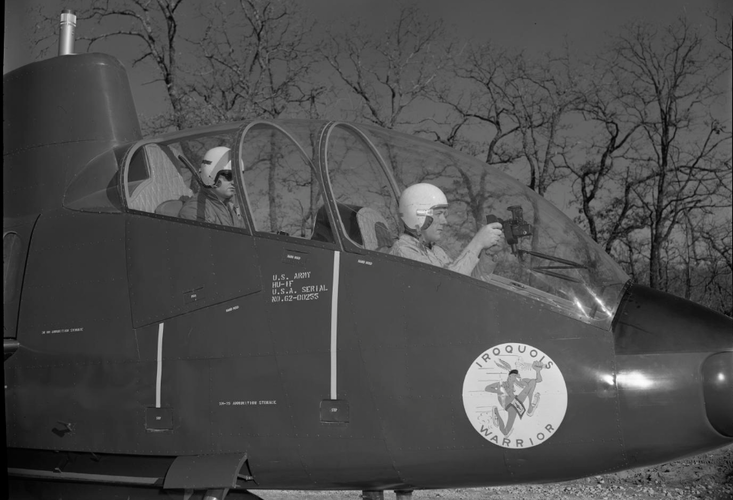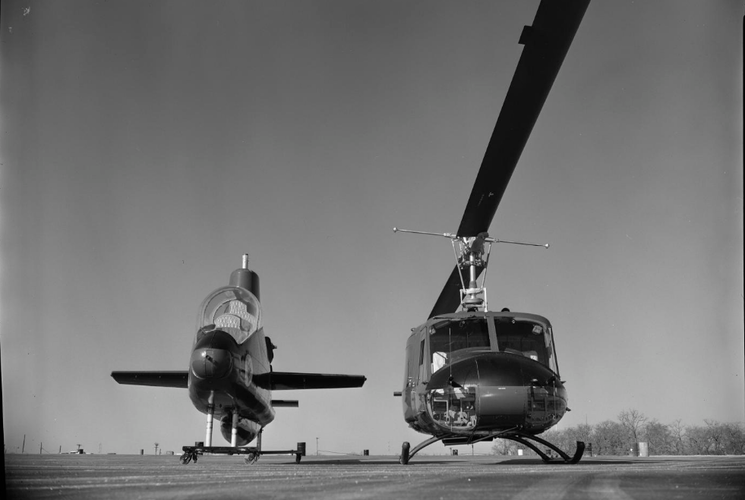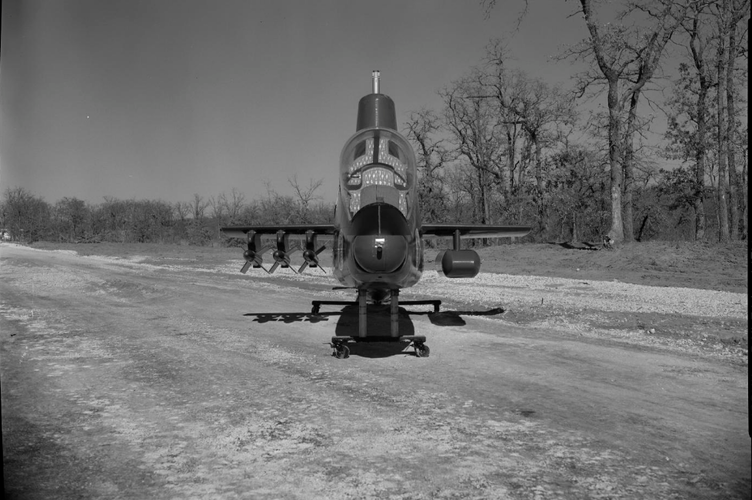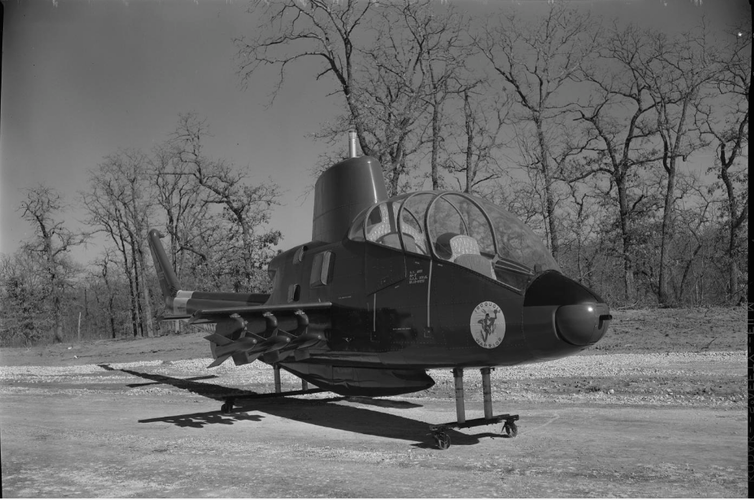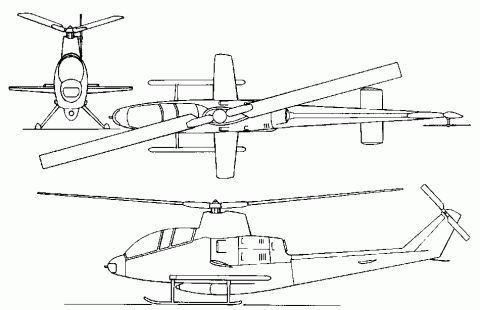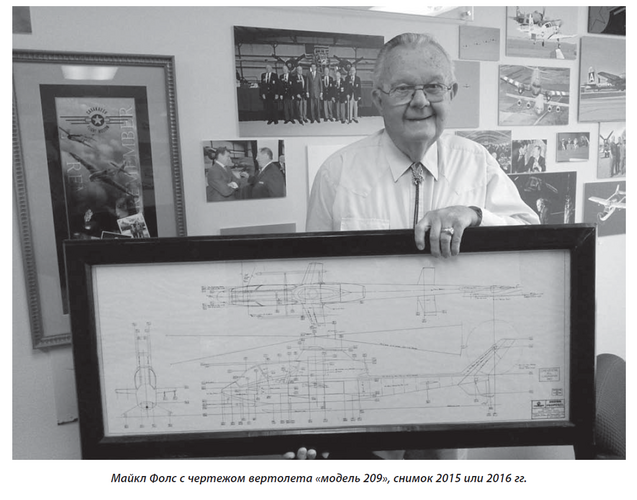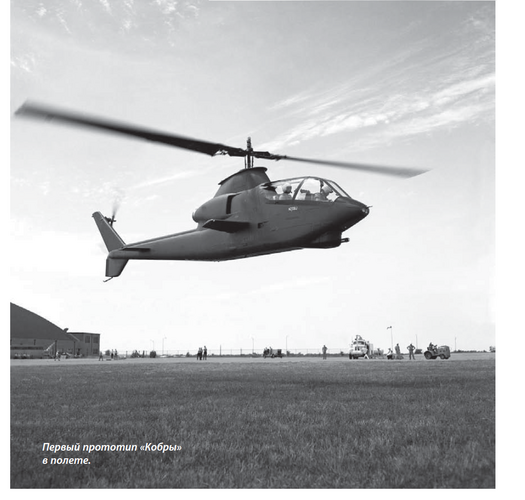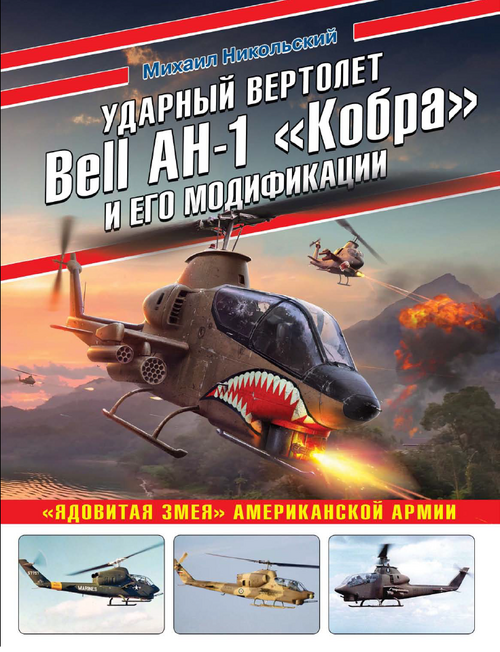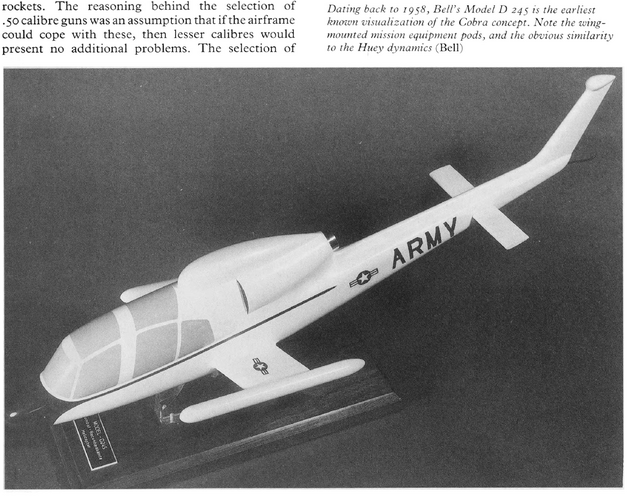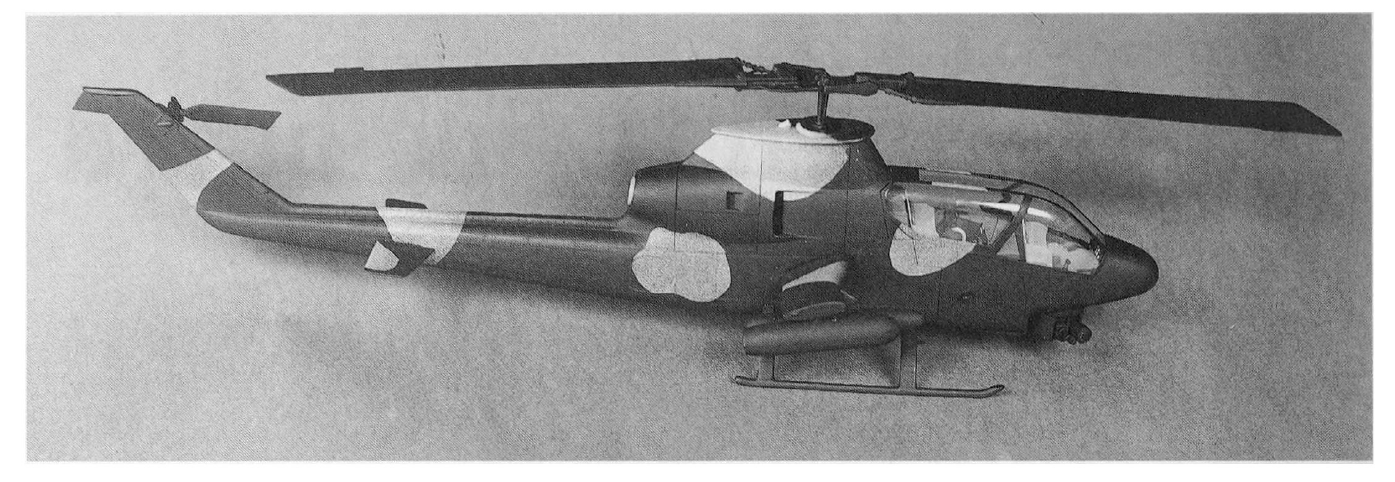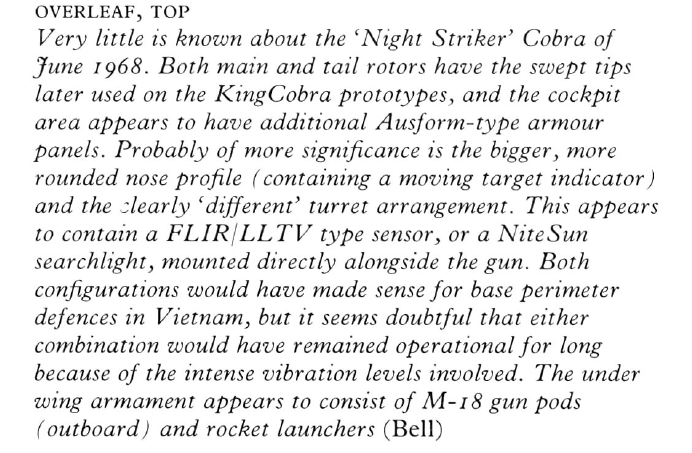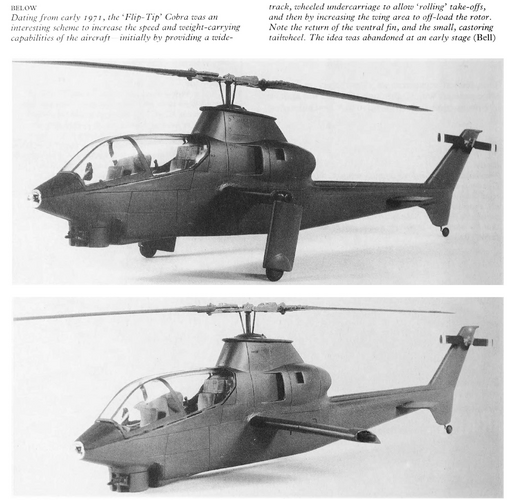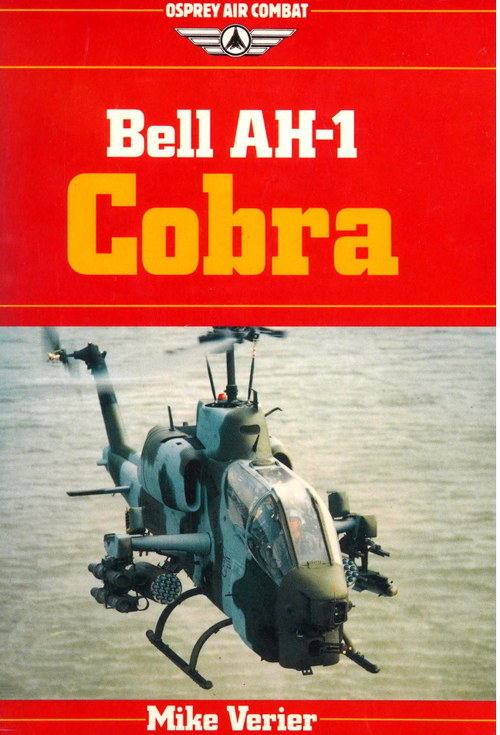You are using an out of date browser. It may not display this or other websites correctly.
You should upgrade or use an alternative browser.
You should upgrade or use an alternative browser.
Bell D245, D255 Iroquois Warrior, D262 and D280: long road to AH-1 Cobra
- Thread starter hesham
- Start date
- Joined
- 18 October 2006
- Messages
- 4,213
- Reaction score
- 4,924
Pure conjecture on my part but the 280 appears to be a concept for an assault helicopter based on some of the dynamics and structures that were (or would become) the AH-1. 245 might be an even earlier concept for a dual purpose helicopter based on H-1 dynamics.
- Joined
- 29 July 2009
- Messages
- 1,775
- Reaction score
- 2,493
Developed from the UH-1 and following the Indian naming convention of the Bell helicopter series (before Cobra), the Model D255 'Iroquois Warrior' sought to develop a dedicated attack helicopter that was slim, maneuverable, and offered greater visibility and lower cost than existing designs. The initial mockup and the later stepped canopies, pictured below, illustrate the importance given to pilot field of view of the battlefield. The concept evolved into the Bell D262 and competed against the Lockheed AH-56 and Sikorsky Model S-66 for the 1964 Advanced Aerial Fire Support System contract. Bell lost and the D255 and D262 did not emerge from the mockup stage. However, the D255 would heavily influence the general configuration of the Bell Model 209 Cobra, which was developed inhouse with Bell money. After the AAFSS contract fell apart due to technical problems and political bickering, an interim attack platform was needed, and Bell responded with the 209.
Attachments
- Joined
- 25 June 2009
- Messages
- 14,758
- Reaction score
- 6,164
Thanks. But the naming of Bell's helicopters after Indian tribes had nothing to do with Bell themselves... it's the standard US Army practice for helos!
Hughes/MDD H-6 Cayuse
Bell H-13 Sioux
Sikorsky H-19 Chicasaw
Vertol H-21 Shawnee
Sikorsky H-34 Chocktaw
Sikorsky H-37 Mojave
Bell H-40 Iroquois
Cessna H-41 Seneca
Vertol H-47 Chinook
Sikorsky H-54 Tarhe
Hughes H-55 Osage
Lockheed H-56 Cheyenne
Bell H-58 Kiowa
Hughes/MDD H-64 Apache
Boeing-Sikorsky H-66 Comanche
Bell H-67 Creek
Bell H-70 Arapaho
American Eurocopter H-72 Lakota
Here's a three-view to complement your pictures:
Hughes/MDD H-6 Cayuse
Bell H-13 Sioux
Sikorsky H-19 Chicasaw
Vertol H-21 Shawnee
Sikorsky H-34 Chocktaw
Sikorsky H-37 Mojave
Bell H-40 Iroquois
Cessna H-41 Seneca
Vertol H-47 Chinook
Sikorsky H-54 Tarhe
Hughes H-55 Osage
Lockheed H-56 Cheyenne
Bell H-58 Kiowa
Hughes/MDD H-64 Apache
Boeing-Sikorsky H-66 Comanche
Bell H-67 Creek
Bell H-70 Arapaho
American Eurocopter H-72 Lakota
Here's a three-view to complement your pictures:
Attachments
saturncanuck
Any landing you can walk away from, is a good one.
Too bad they didn't build this.
SaturnCanuck said:Too bad they didn't build this.
If they had built this, would the Bell Model D262 program have been mired in political bickering and technical problems like the Lockheed AH-56 Cheyenne? Does anyone have technical data or estimated performance of the Model D262 so that we can compare it to the Bell AH-1 Cobra (Model
And nearly all of their fixed wing a/c except for some reason the DHC manufactured a/c & the Cessna L-19/O-1.
Stargazer2006 said:Thanks. But the naming of Bell's helicopters after Indian tribes had nothing to do with Bell themselves... it's the standard US Army practice for helos!
Here's a three-view to complement your pictures:
The Cobra and the Bird Dog are the odd men out, it's true. For the DHC designs (Beaver, Otter, Twin Otter, Buffalo, Caribou) I guess that common sense dictated that they stick with the perfectly good and equally American names that Canadians had already given them. 
frank said:And nearly all of their fixed wing a/c except for some reason the DHC manufactured a/c & the Cessna L-19/O-1.
Stargazer2006 said:Thanks. But the naming of Bell's helicopters after Indian tribes had nothing to do with Bell themselves... it's the standard US Army practice for helos!
Here's a three-view to complement your pictures:
- Joined
- 18 October 2006
- Messages
- 4,213
- Reaction score
- 4,924
I believe that the "Cobra" was given a non-standard Army naming convention because it was still a derivative from the UH-1 series and not considered a new aircraft at the time. Obviously it quickly turned into a completely different aircraft but at the time the Army took delivery it was an interim aircraft until the AH-56A could be fielded. Like the OH-6A Cayuse which became the ubiquitous "Loach" and now "Little Bird" and "Killer Egg", it would never be called by its' official name as "Cobra" and "Snake" were ingrained into the Army psyche.
Regardless the Cobra was a blast to fly. Sure miss it.
Regardless the Cobra was a blast to fly. Sure miss it.
- Joined
- 25 June 2009
- Messages
- 14,758
- Reaction score
- 6,164
yasotay said:I believe that the "Cobra" was given a non-standard Army naming convention because it was still a derivative from the UH-1 series and not considered a new aircraft at the time. Obviously it quickly turned into a completely different aircraft (...) Like the OH-6A Cayuse which became the ubiquitous "Loach" and now "Little Bird" and "Killer Egg", it would never be called by its' official name as "Cobra" and "Snake" were ingrained into the Army psyche.
This is true, actually, because the AH-1 was initially called the "Huey Cobra" in the magazines of those times. This may also explain why it got an "H-1" designation instead of the logical H-7. Interestingly, it was not called the "Iroquois Cobra" because the Huey monicker was already in full fling with the Army, resulting from its HU-1 designation. Same as the F-16 and A-10, which pilots never refer to as the Fighting Falcon and the Thunderbolt II, but rather as the Viper and the Warthog (or simply the Hog).
- Joined
- 25 June 2009
- Messages
- 14,758
- Reaction score
- 6,164
Some info on the inception of the D255 program:
From: Joint Replacement Aircraft: The Case For A Single Multi-Mission HMLA Platform (CSC 1999)
On their own initiative, Bell engineers had designed a mock-up for a dedicated attack helicopter, the Bell Model D255 "Iroquois Warrior". Designed more along the lines of a jet fighter than a helicopter, the D255 featured a fore and aft cockpit layout, small stub-wings and a nose-mounted gun turret.
Though the Army showed some interest, the conventional wisdom favored multi-purpose machines like the UH-1, which provided much more utility than a dedicated attack platform. Events in Vietnam soon changed this way of thinking.
From: Joint Replacement Aircraft: The Case For A Single Multi-Mission HMLA Platform (CSC 1999)
- Joined
- 13 June 2007
- Messages
- 2,173
- Reaction score
- 3,096
Hi All -
There's a 1962 photo on EPay of the D-255 - see attached.
http://www.ebay.com/itm/Original-1962-Bell-Helicopter-Photograph-US-Army-D-255-Iroquois-Warrior-/360494535797?pt=LH_DefaultDomain_0&hash=item53ef261475
Enjoy the Day! Mark
There's a 1962 photo on EPay of the D-255 - see attached.
http://www.ebay.com/itm/Original-1962-Bell-Helicopter-Photograph-US-Army-D-255-Iroquois-Warrior-/360494535797?pt=LH_DefaultDomain_0&hash=item53ef261475
Enjoy the Day! Mark
Attachments
photo of D-255, 1962
Attachments
- Joined
- 18 October 2006
- Messages
- 4,213
- Reaction score
- 4,924
The gun that ended up in the aircraft was the M-134 Minigun in 7.62 caliber.
I will speculate that the under fuselage position was removed because; a. it created a lot of blast pressure on the bottom of the aircraft and b. the nose mount put the gun more in line with the gunner who occupied the front seat of the aircraft.
I will speculate that the under fuselage position was removed because; a. it created a lot of blast pressure on the bottom of the aircraft and b. the nose mount put the gun more in line with the gunner who occupied the front seat of the aircraft.
The gun that ended up in the aircraft was the M-134 Minigun in 7.62 caliber.
I will speculate that the under fuselage position was removed because; a. it created a lot of blast pressure on the bottom of the aircraft and b. the nose mount put the gun more in line with the gunner who occupied the front seat of the aircraft.
Did the underfuselage position have a 7.62mm or larger gun/cannon?
- Joined
- 18 October 2006
- Messages
- 4,213
- Reaction score
- 4,924
Not sure to be honest. Another reason they likely moved the gun was due to the difficulty servicing the gun and gun mount on the bottom of the aircraft (which was already low to the ground).The gun that ended up in the aircraft was the M-134 Minigun in 7.62 caliber.
I will speculate that the under fuselage position was removed because; a. it created a lot of blast pressure on the bottom of the aircraft and b. the nose mount put the gun more in line with the gunner who occupied the front seat of the aircraft.
Did the underfuselage position have a 7.62mm or larger gun/cannon?
- Joined
- 3 June 2006
- Messages
- 3,094
- Reaction score
- 3,966
IMHO a source:photo of D-255, 1962
Search Results - D255 - 14 Results - The Portal to Texas History
Not sure to be honest. Another reason they likely moved the gun was due to the difficulty servicing the gun and gun mount on the bottom of the aircraft (which was already low to the ground).
Wonder if a grenade launcher could have been fitted in the underfuselage position?
The original Cobra could have a minigun and a grenade launcher in the M28 turret.
- Joined
- 18 October 2006
- Messages
- 4,213
- Reaction score
- 4,924
Another reason for moving the gun under the nose is that other than fixed forward firing weapons, most fire would be unobserved when fired off boresight. Putting the gun just in front of the copilot/gunner gave them spatial orientation as well as observation with the panoramic gun sight.
Similar threads
-
-
Bell Model 204 / XH-40 / UH-1 Iroquois competitors, projects and modifications
- Started by Pioneer
- Replies: 88
-
-
-
Bell, Martin and Boeing "Dyna-Soar"-related designations
- Started by Bomiwriter
- Replies: 20

